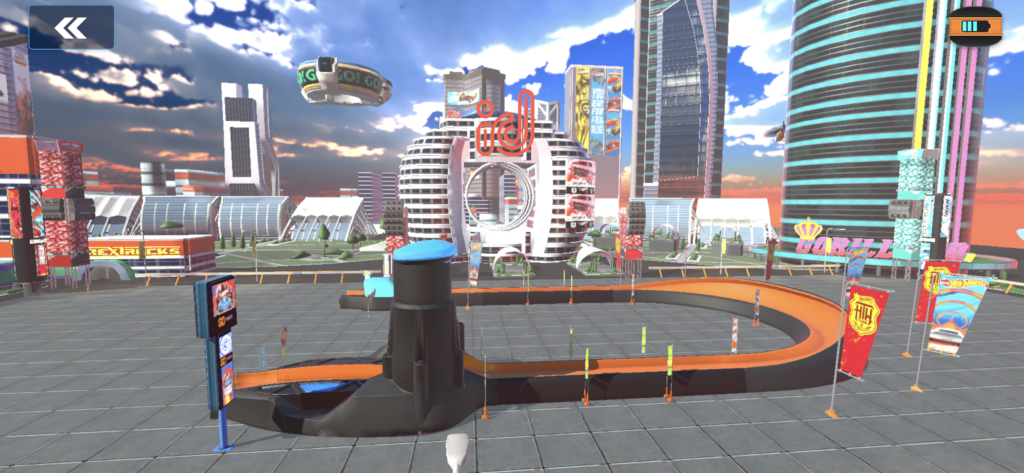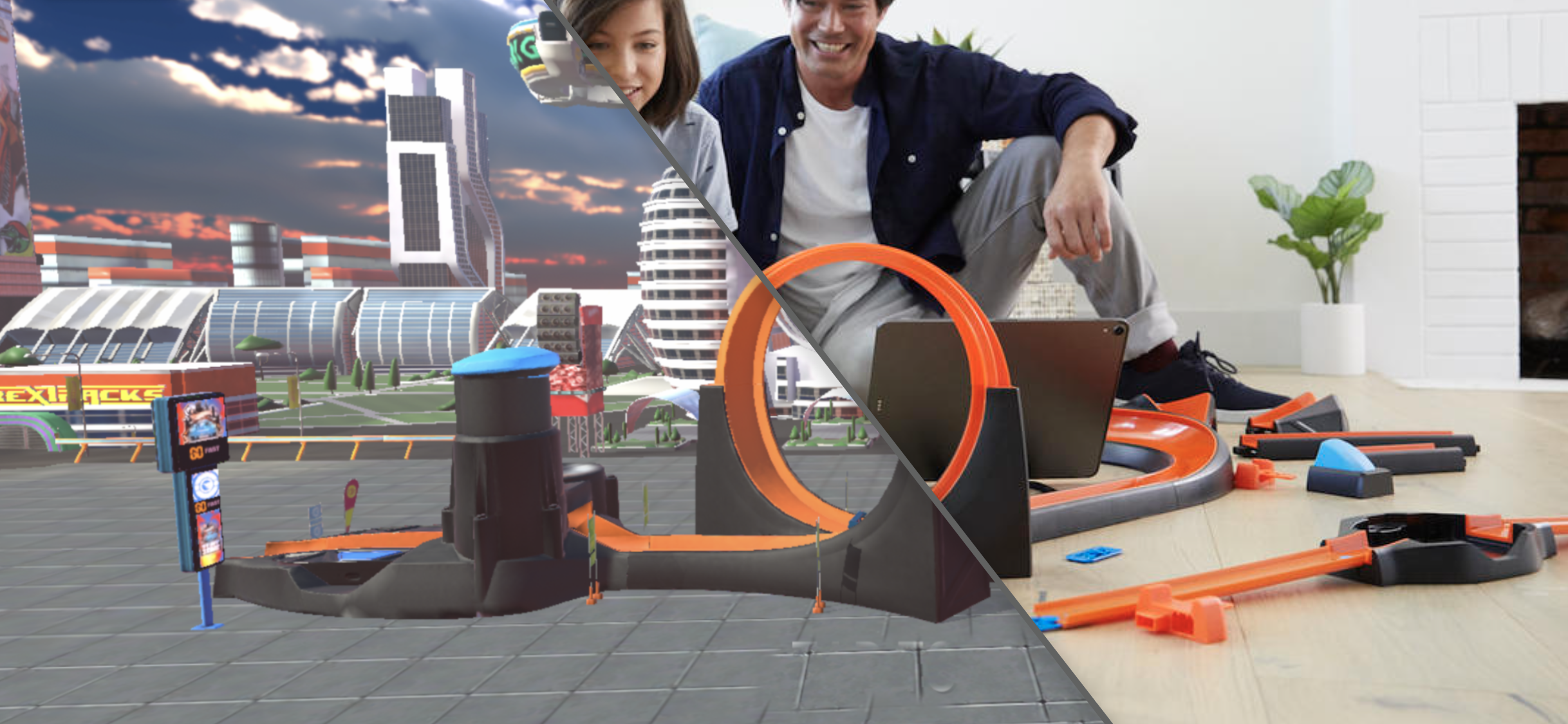Toys facilitate the imagination. They replicate and blend some elements of reality and some elements of fiction, equipping us to pretend. We’ve been considering the benefits of toys that incorporate novel technologies, from playful robots to LEGO sets with augmented reality features to the new connected matchbox cars, Hot Wheels id. We break down the benefits of toy technologies into two buckets:
- Facilitate the imagination: Imaginative play fosters creativity (with benefits like recreation, fun, and mastery); play builds community (friendship, loyalty, competition, teamwork); play nurtures empathy (co-creation, new and shared experiences). In our view, creativity, community, and empathy are uniquely human capabilities that, by definition, technology cannot accomplish. Toys, therefore, are critical tools for human learning.
- Enable new forms of play: Toys that leverage novel technology to unlock new forms of play can then indirectly provide the same benefits outlined above. We’ve been testing out the new Hot Wheels id Smart Track to better understand connected toys. The product brings data like lap count and speed to the classic Hot Wheels experience to support new forms of play and competition. However, technology for technology’s sake can be counterproductive. LEGO’s AR-Studio app, for example, “brings LEGO bricks to life” with augmented reality. In doing so, it kills the imaginative benefits of playing with LEGOs.
Kids Don’t Have an Imagination Problem
Most tech-driven toys that require a device and/or leverage augmented reality to “bring the toys to life” actually remove the benefits of pretending. The degree to which toys replace the need for imaginative play is the degree to which they fail to achieve their core benefit. Many connected toys are not 10x better than traditional toys, they are actually worse. These toys are solving a problem that kids don’t have.
Feedback Loup: Hot Wheels id
Mattel’s new Hot Wheels id Smart Track brings the classic matchbox cars into the digital age, for better and for worse. The new track and cars use NFC wireless technology to do things like “scan” your Hot Wheels into your digital garage, count laps, and measure your car’s speed on the track.
The toy falls short of facilitating the imagination by overdoing it, much like the LEGO AR-Studio app, and killing the need to imagine your own racing world. App features like the virtual race track shown below add little to the fun of the toy and take away much of the joy of pretending.

